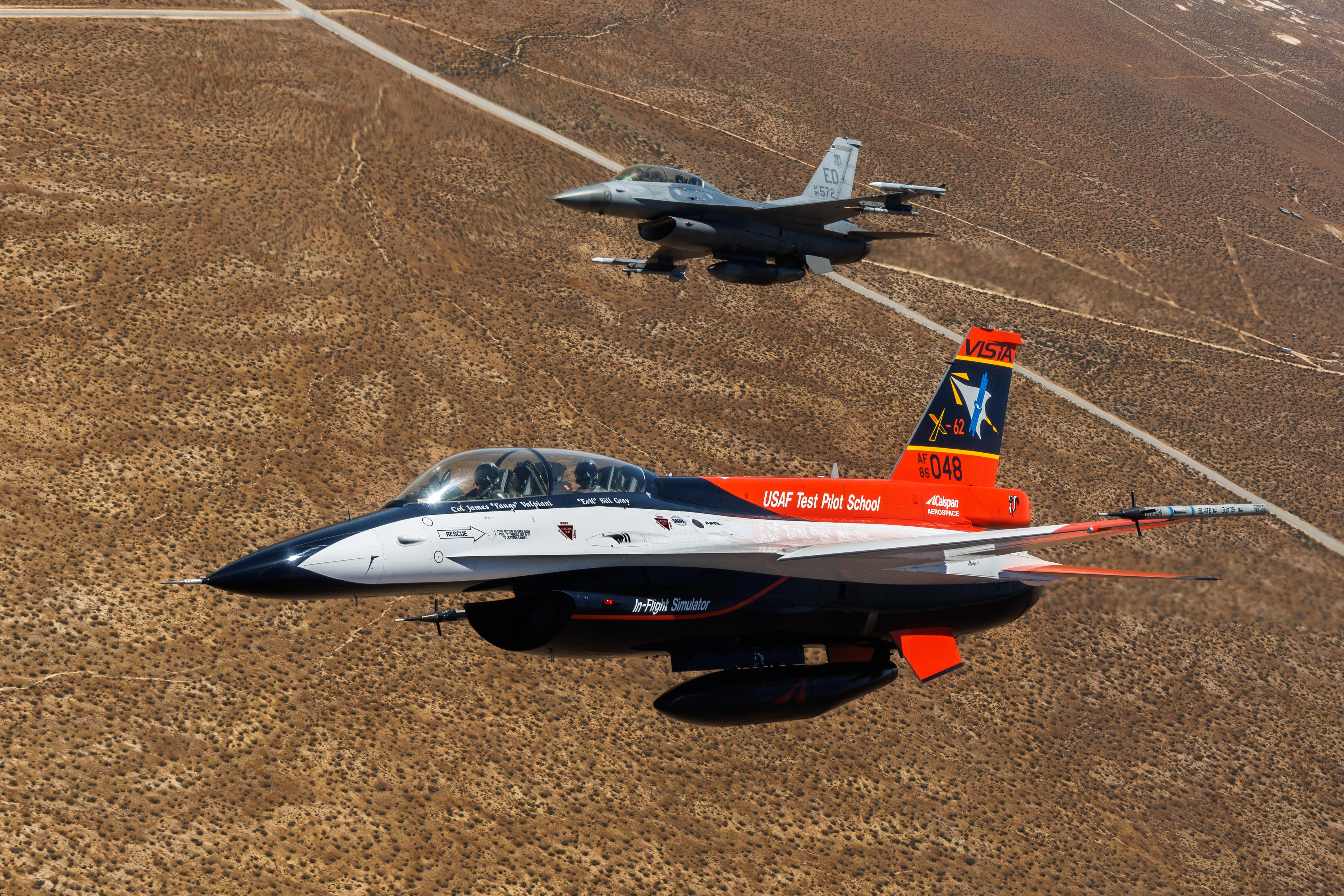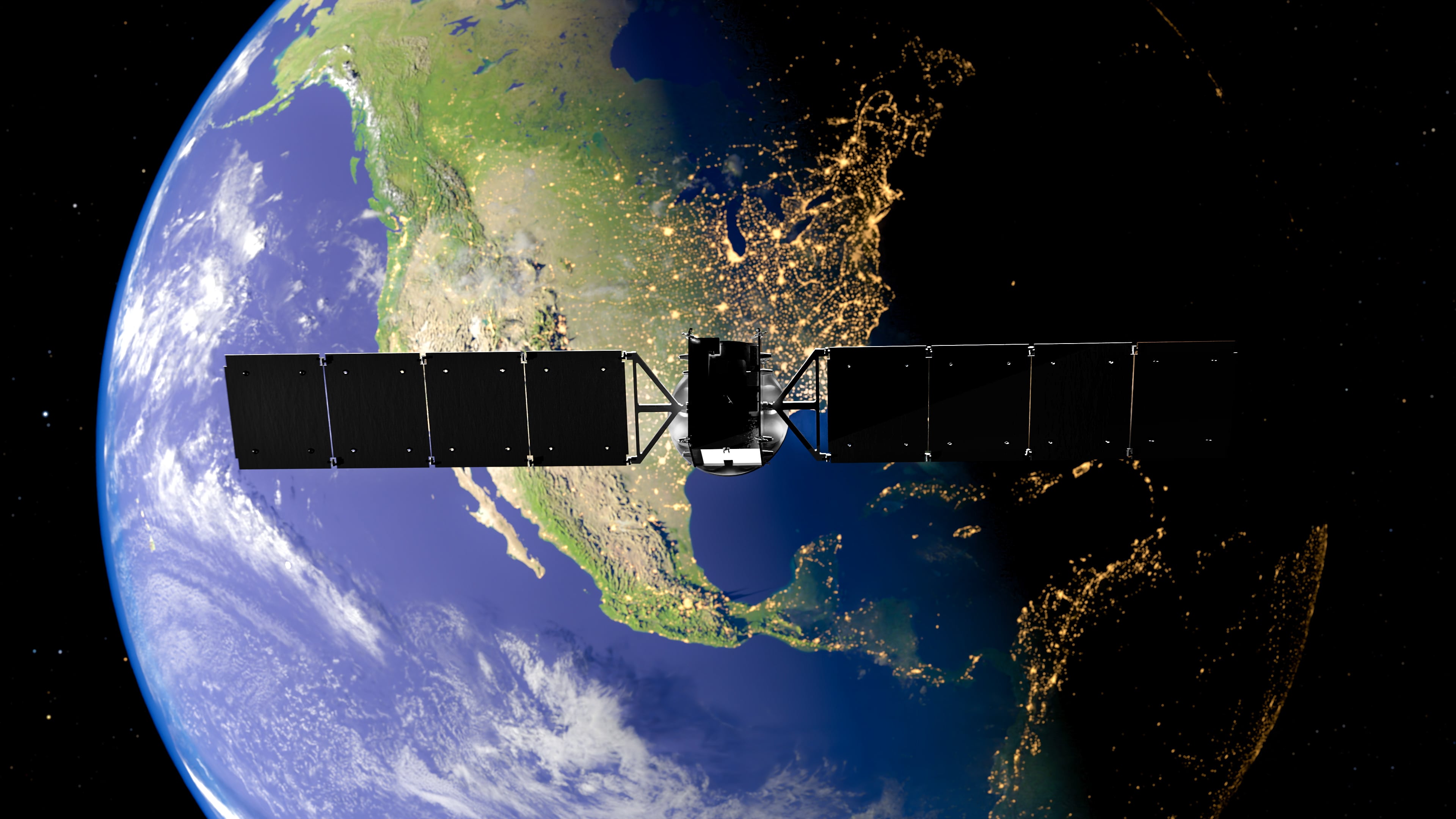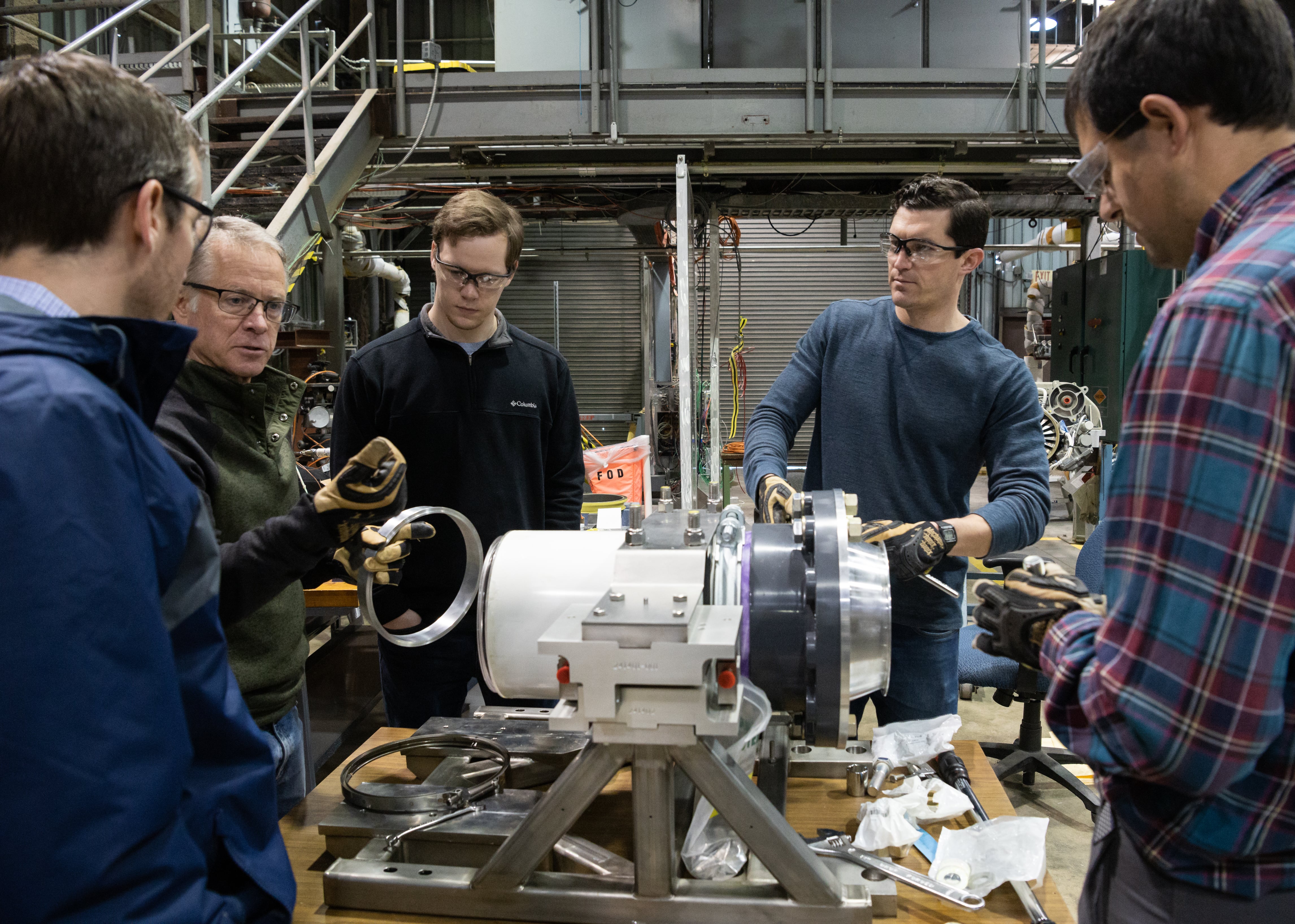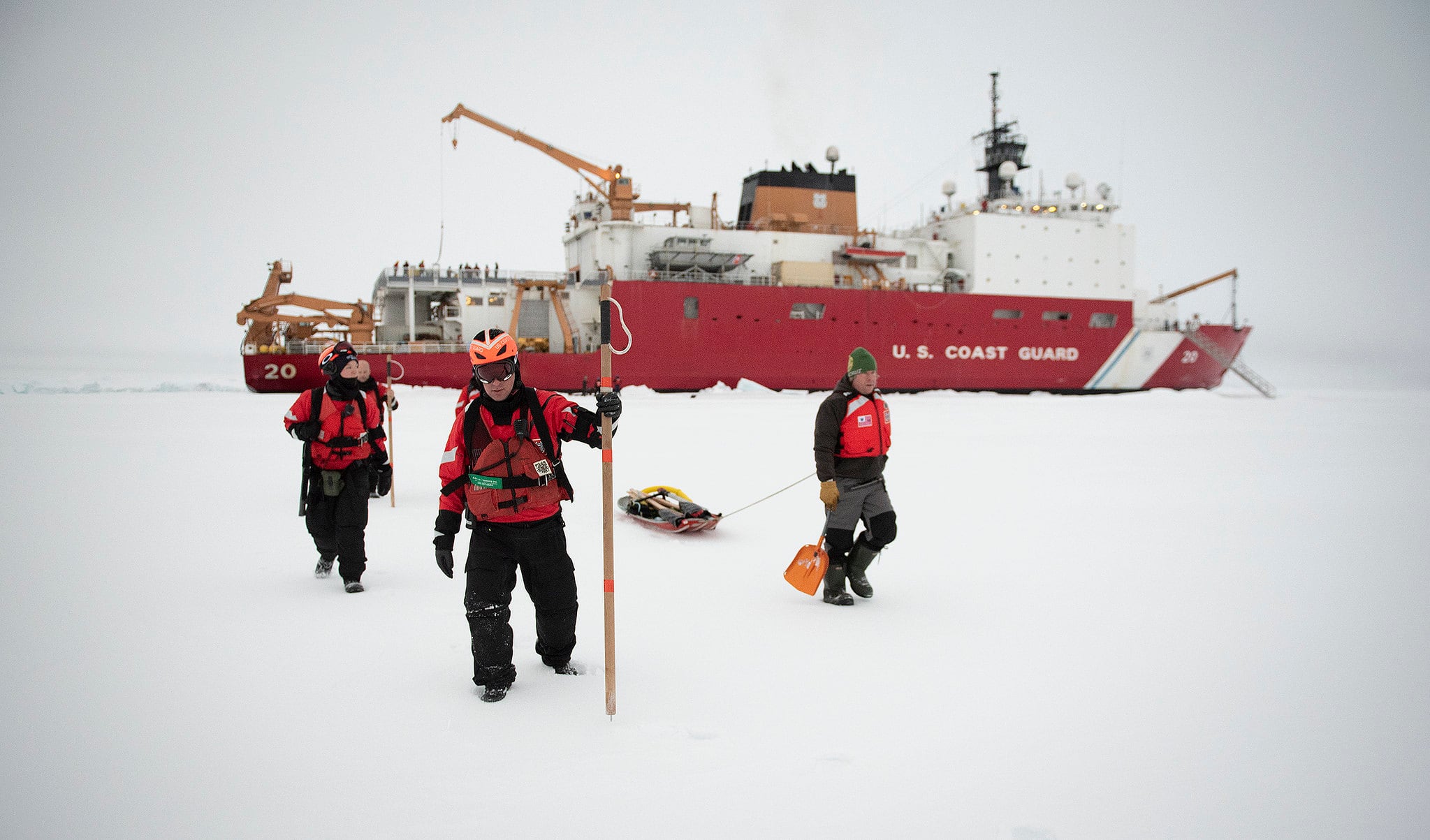NATIONAL HARBOR, Md. — The director of the Space Rapid Capabilities Office, created in 2018 to quickly develop prototypes of satellites and other urgently needed military technology, said the Space Force may not be ready when it begins delivering systems this year.
“I need to have the processes in place for rapid fielding and acceptance of these things, and that’s not getting a lot of traction right now,” Space RCO Director Kelly Hammett said Sept. 12 at the Air, Space and Cyber Conference in National Harbor, Md.
The Space RCO aims to develop the first few units of a defense system and then hand them off to Space Systems Command, the Space Force’s acquisition arm, to manage production. Hammett said his team is on track to deliver 10-12 projects over the next three years.
Because most of its programs are classified, the office has not revealed details on the technology and scope of its first deliveries. According to fiscal 2023 budget documents, the Space RCO is supporting an Air Force Research Laboratory effort to use solar energy to provide “logistically agile power” to forces on the ground. Its unclassified budget request included $36 million for that effort and about $9 million to support space capability studies.
The process of transitioning capabilities from the Space RCO involves a lot of moving parts, Hammett said, including contractual transfers and budget planning. He said his concern is that without those mechanisms in place, the capabilities that were designed to meet urgent needs will sit idle until the Space Force figures out how to integrate them.
“There’s a lot of details and mechanics that we as a Space Force have to come together on to get the benefit out of the things that we’re building quickly,” he said.
The Space RCO today manages 14 projects with the goal of transitioning them to operations within five years. Key to the office’s ability to move fast are its decision-making authorities and its status as a direct reporting unit to Chief of Space Operations Gen. Jay Raymond. The organization has no special exemptions from federal acquisition regulations, just independence and focused requirements.
Co-located with the Air Force Research Laboratory’s Space Vehicles Directorate and SSC’s Innovation and Prototyping Delta at Kirtland Air Force Base in New Mexico, the Space RCO works closely with the service’s other research and science and technology organizations.
Hammett said executing programs on a five-year time frame is “very hard” and requires the Space RCO to work closely industry. His projects require a lot of front-end spending to ensure that long-lead microelectronics, precision optics and other components are on hand when needed. That means, in some cases, buying those parts before a system moves through its major design reviews.
“You have to shift a bunch of emphasis upfront to get after things you need immediately,” he said. “So, I’ve been having several discussions with our industry partners about utilizing things like capital to bring some of those things in house and then sell them to the programs.”
Courtney Albon is C4ISRNET’s space and emerging technology reporter. She has covered the U.S. military since 2012, with a focus on the Air Force and Space Force. She has reported on some of the Defense Department’s most significant acquisition, budget and policy challenges.








